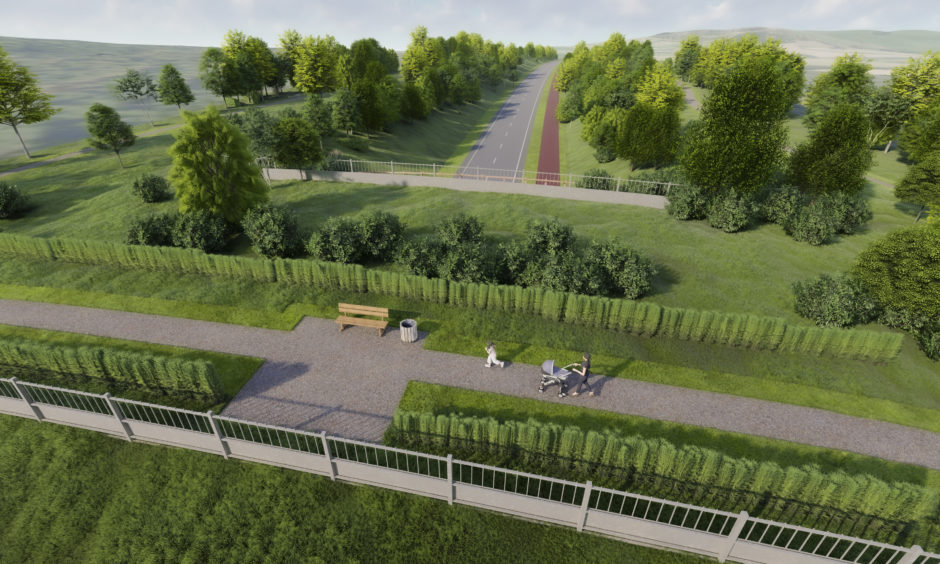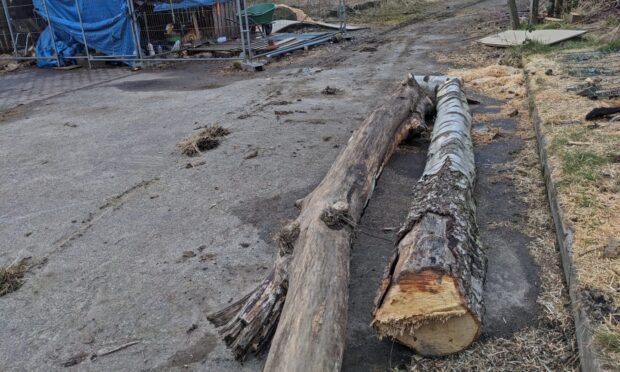Scotland’s heritage watchdog has said it won’t stand in the way of the multi-million-pound Cross Tay Link Road, despite its “significant” impact on local landmarks including parts of Scone Palace.
Historic Environment Scotland (HES) has assessed the effect of Perth and Kinross Council’s flagship construction scheme on surrounding monuments, buildings and gardens.
The £113 million project, which has yet to secure planning consent, aims to link up the A9 to the A93 and A94 north of Scone. It is hoped the new bridge will alleviate congestion in the city centre and reduce air pollution.
So far the plan has proved controversial, with opposition from around 50 groups and individuals including three community councils.
In its response to planners, HES said steps have been taken to soften the impact on local sites, there will still be some significant impact.
However, the authority does not regard these as “of national significance”.
A spokesman said that the effect on grounds at Scone Palace would range in significance from “very slight to substantial”.
The new road would cut into an area known as the Highfield Plantation, where a “green bridge” is proposed for pedestrians and cyclists.
The road then continues over the A93, with a new roundabout at Stormontfield Road, then west through parkland at Bowman’s Fold where the road rises to cross the Tay.
A report submitted by HES to council planners states: “It is clear that the area of Bowman’s Fold will undergo substantial change as a result of the proposals.”
The new road will also be visible from historic Moot Hill, the famous site of medieval royal coronations, but HES said the area will be mostly secluded by trees.
The authority adds that there will be a further “substantial significant effect” to part of the Grassy Walls Roman camp and prehistoric settlement at Sheriffton.
The new road will cut through lower parts of the camp, which dates back to the campaigns of the Roman Emperor Severus in AD 208-211.
The spokesman said: “We are satisfied that the proposal has taken cognisance of the historic environment and that the design has been informed and influenced by the historic assets in order to mitigate impacts.
“We accepted that these effects have been largely mitigated and, where such impacts remain significant, these do not raise issues of national significance.
“We can therefore confirm that we do not wish to object.”











